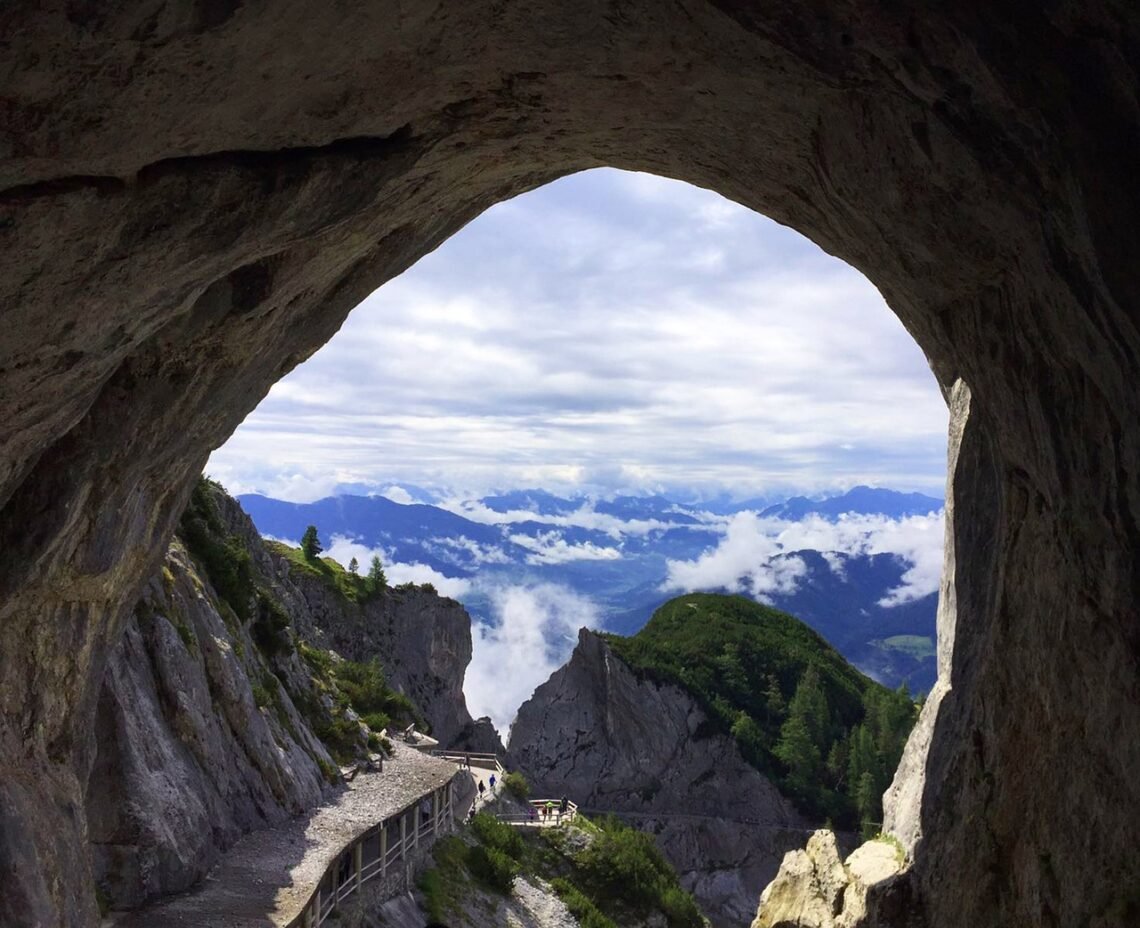
15 Best Things to See in Austria
Unbelievably popular as a vacation location in Europe, Austria may surprise many people. To that end, there is a tonne to do there anytime you go, and the best part about this country is that winter is just as fascinating as summer. Austria is filled with breathtaking natural beauty, and if you enjoy history, there are also lots of magnificent churches, interesting museums, and grand towering castles to explore. Even though Austria is one of the smaller countries in Europe, it still has a lot to offer visitors. If you visit, you can spend time in some of the most breathtaking places on earth, including the mighty Eastern Alps, the enchanted Northern Bohemian Forest, or along the banks of the raging Danube River. The top 15 things to do in Austria are listed below.
- Watch a show at the Spanish Riding School
- Watch a performance at the National Theatre
- Visit the Burg Hochosterwitz
- Take a cable car to the Hornköpfli
- Enjoy the serenity of Melk Abbey
- Trek the Krimmler Ache
- Learn some history at the Landeszeughaus
- Explore the Eisriesenwelt
- Pay tribute to Mozart in Salzburg
- Marvel at Schlegeis Lake
- Go for a walk around Hallstatt
- Visit the Hofburg
- Browse in Admont Abbey Library
- Discover the Tomb of Emperor Maximilian I
- Hike the Kitzbüheler Horn
Watch a show at the Spanish Riding School
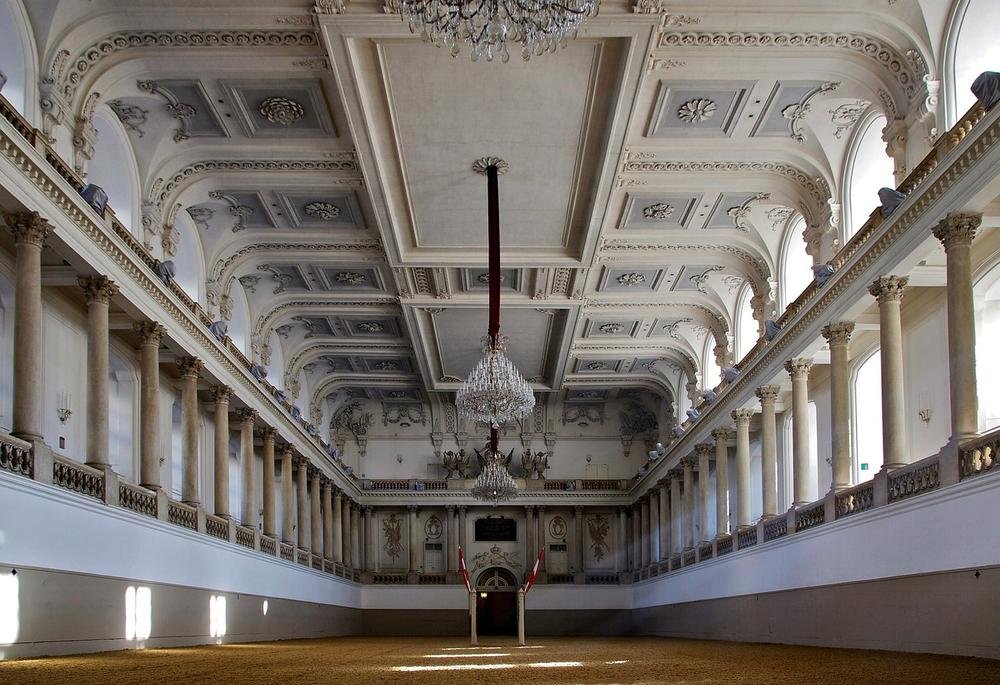
Emperor Maximilian II, who gained notoriety (in part) by introducing Lipizzaner horses to Austria in the 16th century, presided over the opening of the Spanish Riding School in Vienna. Here, you may still see equestrian performances that closely resemble those that took place during Charles VI’s reign. You will witness an unusual kind of riding that has been done by royalty throughout history in the 1735-era hall where the performances are held. One thing to keep in mind is that, because this is a very popular event in Vienna, it is essential to reserve a seat in advance.
Watch a performance at the National Theatre
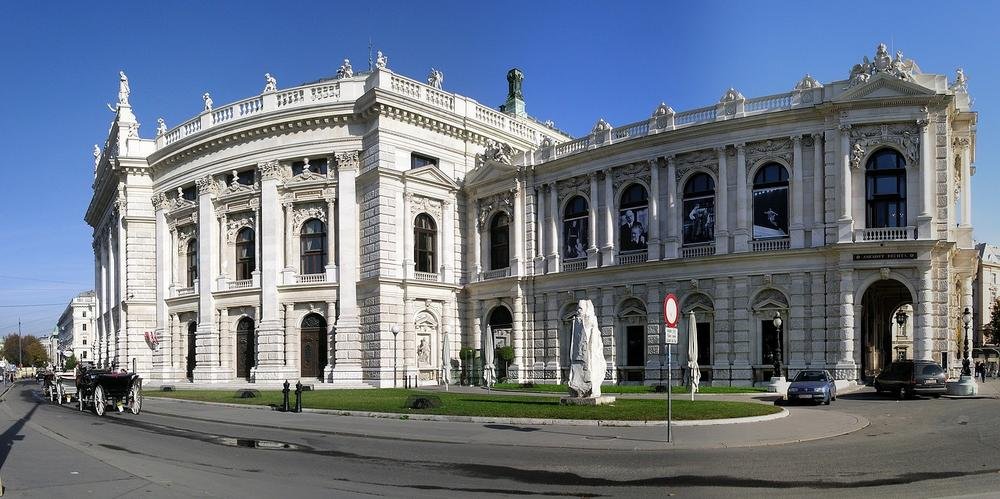
In the 18th century, Emperor Joseph II established the National Theatre, usually referred to as the Burgtheater, in Vienna, the capital of Austria. With four distinct stages, it is the most well-known theatre in all of Austria and has hosted performances by some of the biggest names on the continent. Along with the performances presented here, the venue’s interior resembles something out of a museum thanks to a variety of paintings, busts, and artefacts from the Baroque era that provide insight into the history of the structure. Don’t forget to look up at the frescoes that cover the entire central stairway.
Visit the Burg Hochosterwitz
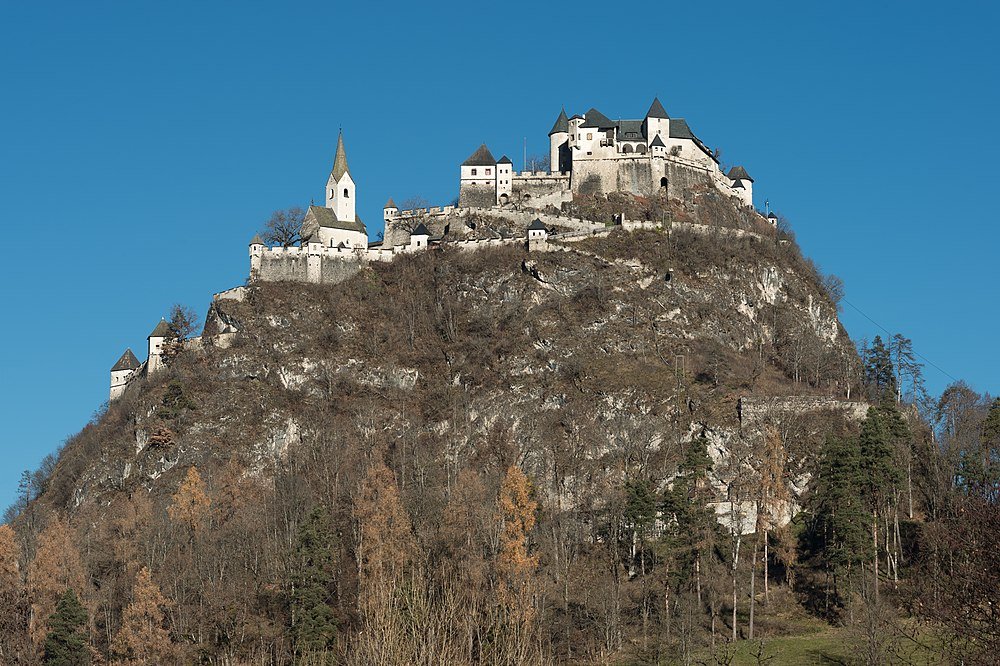
The Burg Hochosterwitz, next to St. Veit, is perched on a bluff that rises 160 metres above a verdant valley. One of the most well-known castles in the nation is the Burg Hochosterwitz, which dates back to the medieval era. Although it underwent numerous renovations, including one in 1570, its initial construction dates back to 860 AD. It was once the Khevenhüllers’ residence. Here, keep an eye out for 14 different gates, as well as sun-dappled courtyards and a charming 16th-century chapel.
Take a cable car to the Hornköpfli
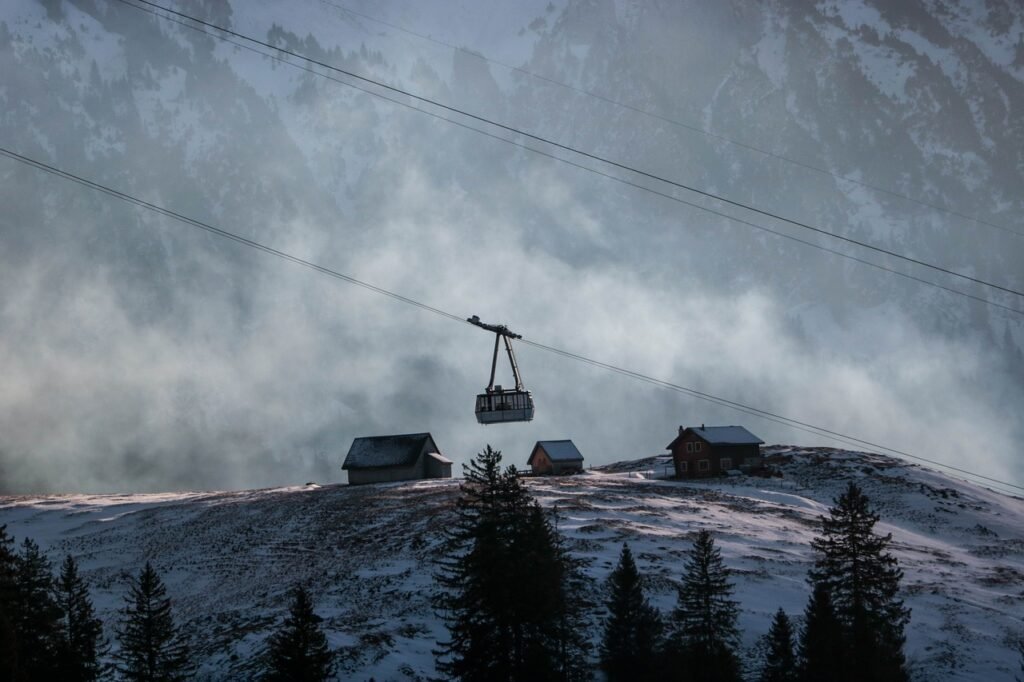
The 1,772-meter-tall Hornköpfli is located south of the Kitzbüheler Horn. The stunning views from the summit make the additional cable car ride up to the top more than worthwhile. The Gipfelhau, a traditional mountaintop house, a delicate chapel, a typical Austrian garden, and a modest eatery serving regional cuisine are all located at the summit of the mountain.
Enjoy the serenity of Melk Abbey
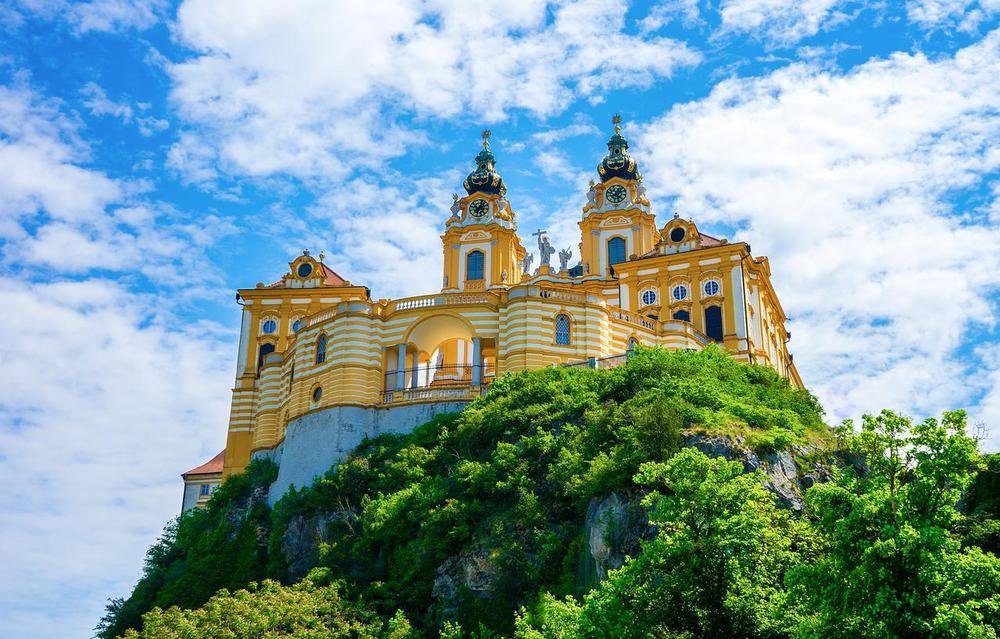
One of the most famous Benedictine monasteries in the world, Melk Abbey is home to some of Austria’s most breathtaking religious buildings. The main complex measures 325 meters in length, with the buildings spreading out across seven different courtyards. The location of the abbey on a rocky promontory above the beautiful Danube and the abundance of interesting historical places nearby are two of its most spectacular features. Some of these include the graves of the Babenberg family, Austria’s founding family, as well as Saint Coloman of Stockerau’s tomb. Additionally, there are sculptures and portrait galleries for other notable Austrian emperors.
Trek the Krimmler Ache
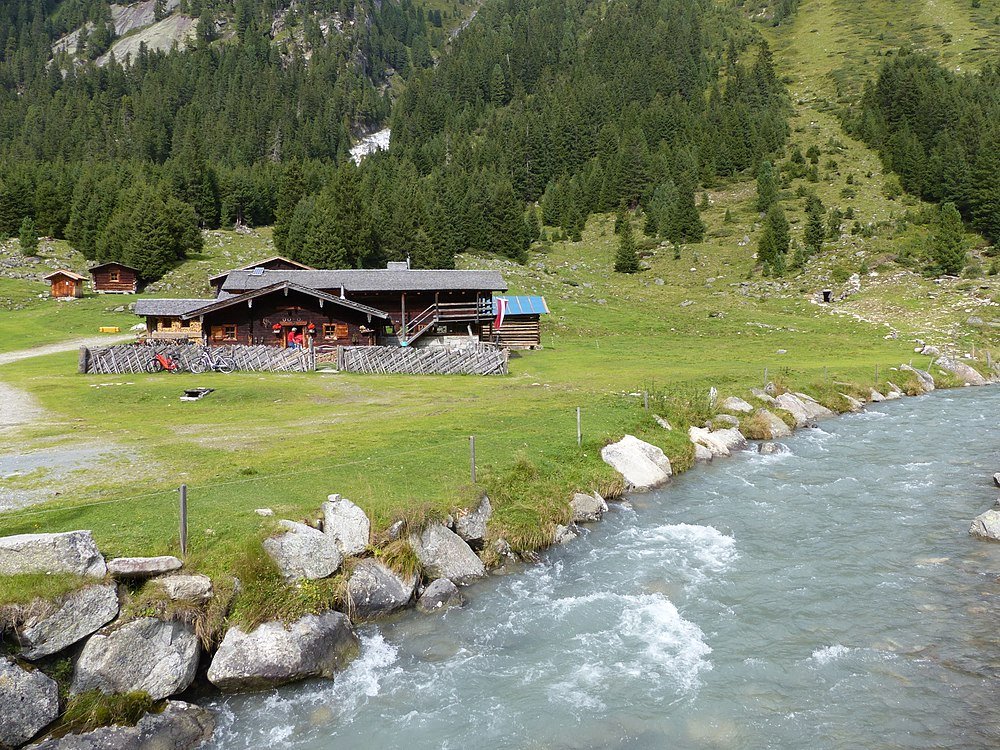
With a 380-meter plunge, the Krimmler Ache is Austria’s tallest waterfall. To get here, you will first have to make your way to the delightful town of Krimml, which sits at 1,076 metres above sea level, before trekking out to the Krimmler Ache. There are several beautiful hiking paths nearby Krimml, making it a wonderful place to spend several days taking in the great Austrian outdoors.
Learn some history at the Landeszeughaus
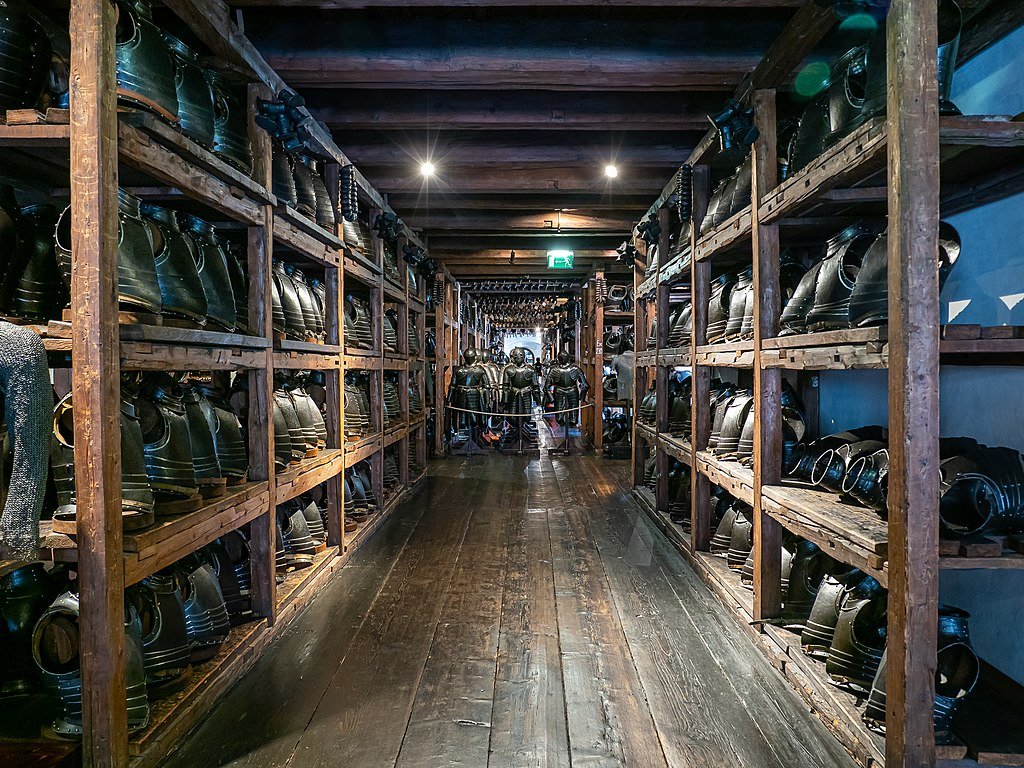
The Landeszeughaus, also known as the Styrian Armoury, is a structure dating from 1644 where you can find a great range of 17th-century armament, including armour and weapons that would have equipped 32,000 men. Graz is the second largest city in Austria after Vienna. If you are a history enthusiast, make sure not to miss this excellent and thorough collection.
Explore the Eisriesenwelt
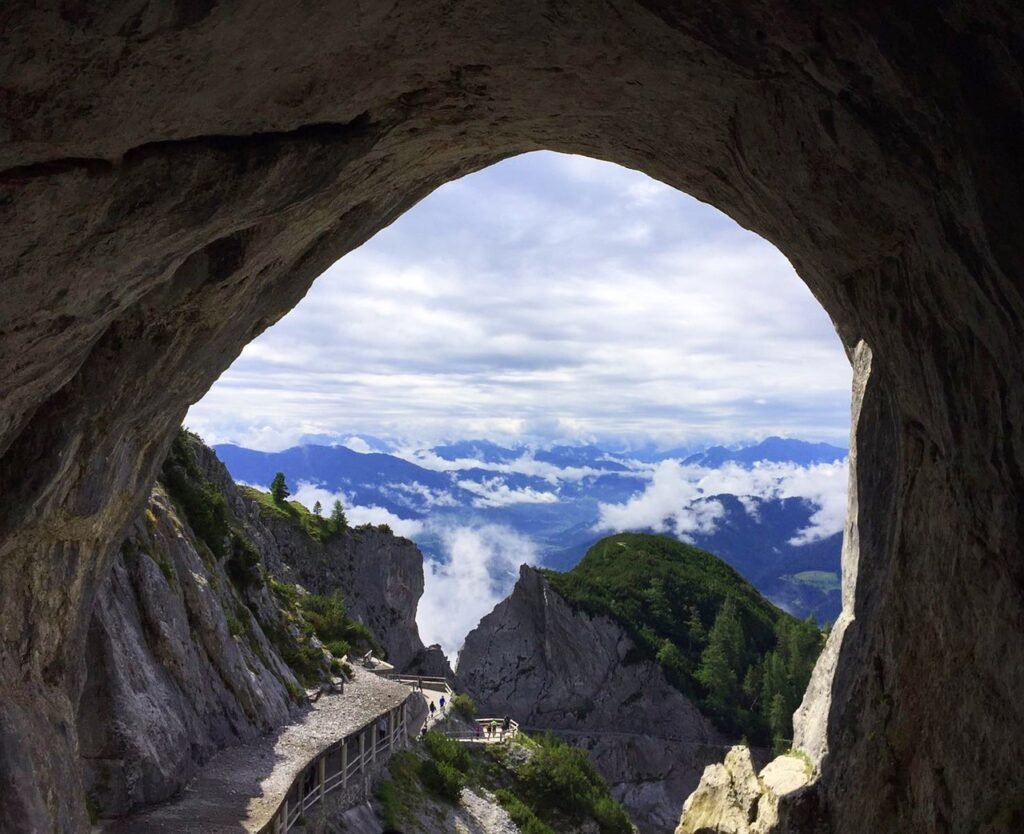
The largest ice cave in the world is called Eisriesenwelt, which translates to “World of the Ice Giants” in German, and it is situated not far from Salzburg. As a result, if you’re in the vicinity, be sure to stop by the amazing 42-kilometre-long cave in the Hochkogel Mountain in the Tennengebirge region of the Alps. You can use a lift to descend into the ice cave and then proceed on a guided tour of the frozen palace, which will point out all the greatest areas.
Pay tribute to Mozart in Salzburg
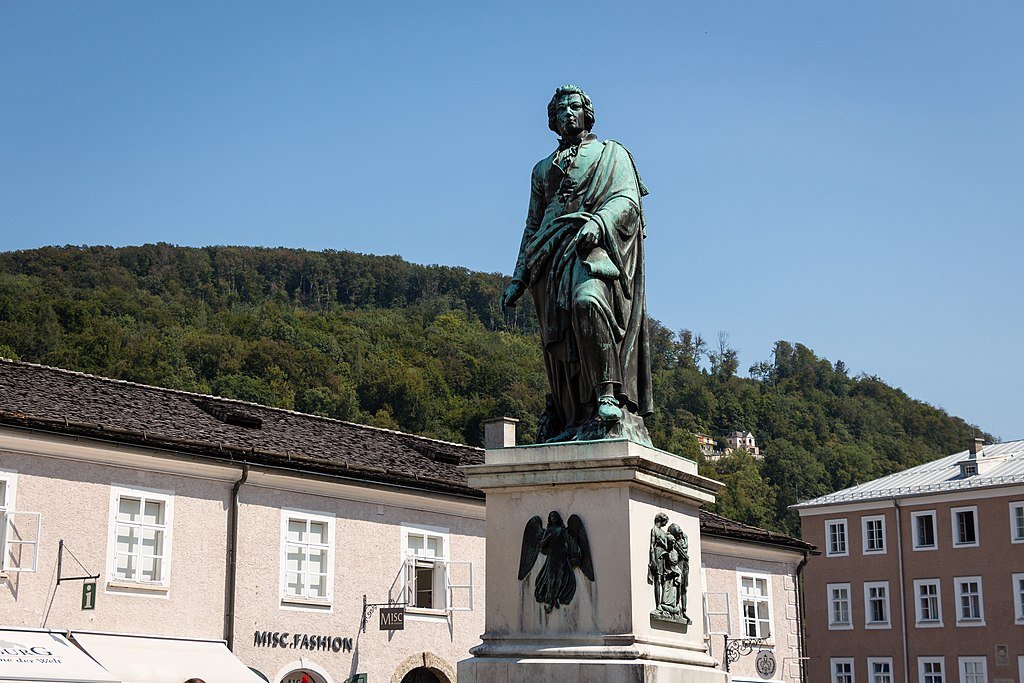
Wolfgang Amadeus Mozart was born in Salzburg, Austria in 1756. Mozart’s Birthplace is the appropriately titled museum that was once his modest home at Number 9 Getreidegasse. Family heirlooms, musical instruments, and paintings of Mozart can be found throughout the property. Another attraction in Salzburg is called Mozart’s Residence, and this is another spot in the city where he lived from 1773, which has collections of his belongings. The final stop on the Salzburg Mozart tour is Mozart Square, which is home to a monument honouring this illustrious musician.
Marvel at Schlegeis Lake
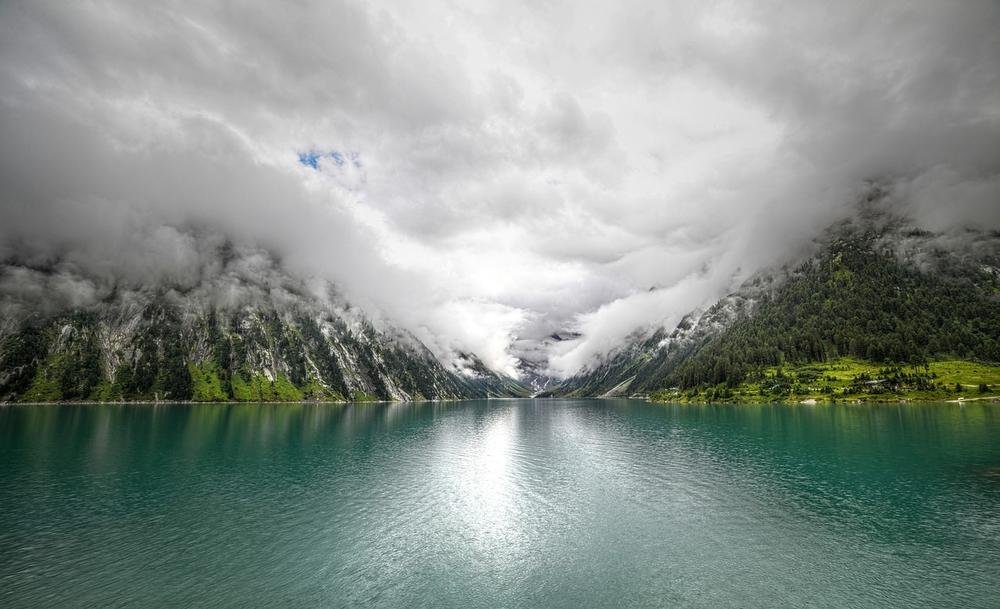
Schlegeis Lake is in the lovely Zillertal Valley in Tyrol. Even during the winter, the man-made lake called Schlegeis shimmers with azure blue colour. Due to the rough mountains that surround it, it is made even more stunning. If you prefer hiking or climbing, this is a terrific site to visit and appreciate the magnificent Alpine vistas for which Austria is known. The Schlegeis Alpine Road, which passes through some of this region of Austria’s most lovely terrain, is required to get to the lake, and it is noted for its spectacular scenery.
Go for a walk around Hallstatt
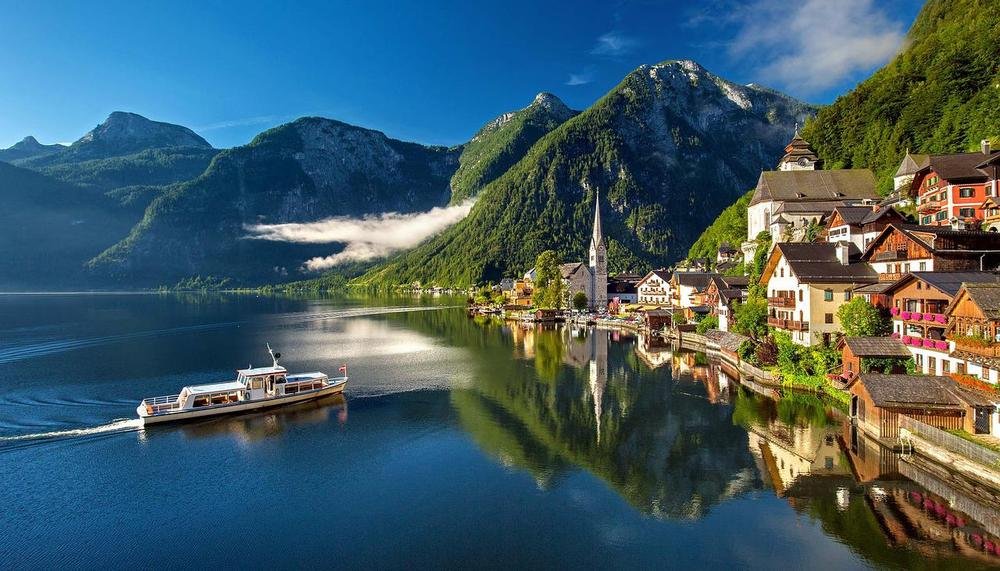
Hallstatt is regarded as one of the most picturesque Alpine towns in the entirety of Austria and is the ideal location to go for a stroll to take in the surrounding beauty. The town’s caves and the 5 Fingers viewing platform, which has a sheer 400-meter plunge over the Alps and is not recommended for vertigo sufferers, are two of the area’s highlights. Hallstätter Lake, where you may go boating in the winter or swimming in the summer, is another feature of Hallstatt.
Visit the Hofburg
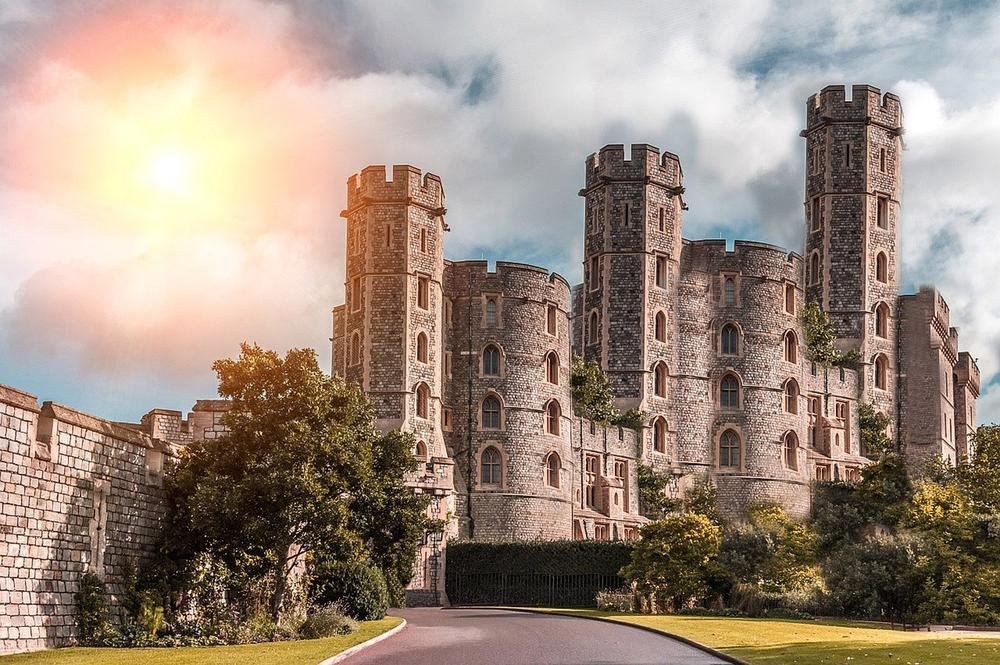
The Hofburg is Austria’s Imperial Palace, located in Vienna. This was the residence of the Royal Family, also known as the Hasburgs, in earlier times. Although the public can see some areas of the palace, the President primarily uses it these days. These contain rooms with Gothic, Classic, Baroque, and Renaissance architecture that were built when the palace was constructed in 1275. There are 2,600 rooms here, so be sure to check out the iconic exhibits like the Imperial Silver Collection and the Imperial Apartments, which served as Franz Joseph of Austria’s residence.
Browse in Admont Abbey Library
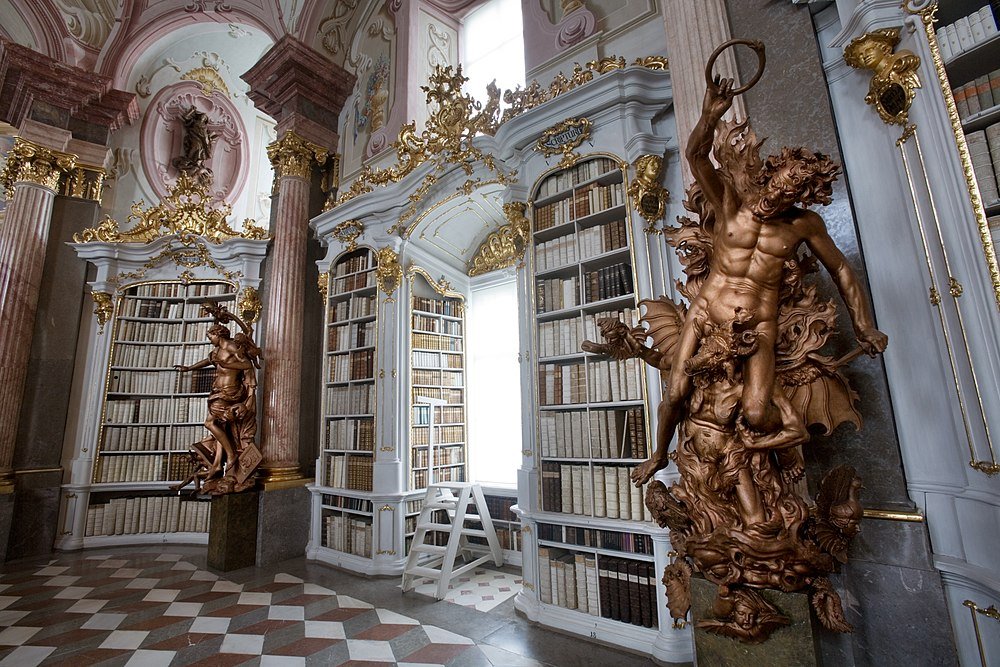
Admont Abbey Library is a unique library because it is housed inside a monastery that is home to Benedictine monks. The 18th-century monastery is situated on the lovely Enns River. If you’re in the Admont region, you shouldn’t pass it up because it also boasts the distinction of housing the largest library ever found inside an abbey. The library is enormous, and it also has ornately designed ceilings and gold leaf accents throughout the structure.
Discover the Tomb of Emperor Maximilian I
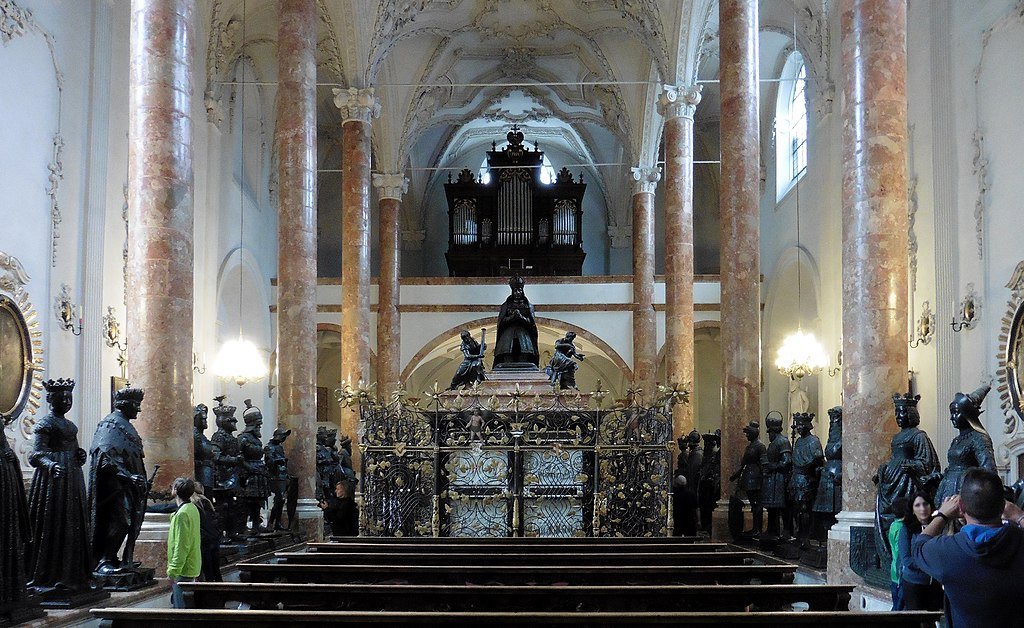
Emperor Maximilian passed away in 1519 and was buried in Innsbruck’s Hofkirche, often known as the Court Church, in a lavish ceremony. The tomb consists of a black marble sarcophagus with a bronze statue of the Emperor perched above it. In addition to the 24 distinct marble reliefs depicting incidents from the emperor’s life, there are 28 bronze statues of significant personalities associated with Emperor Maximilian I scattered around the sarcophagus. One of these characters is King Arthur. As if that weren’t enough, there are also 20 busts of well-known Roman emperors and 23 bronze statues of saints.
Hike the Kitzbüheler Horn
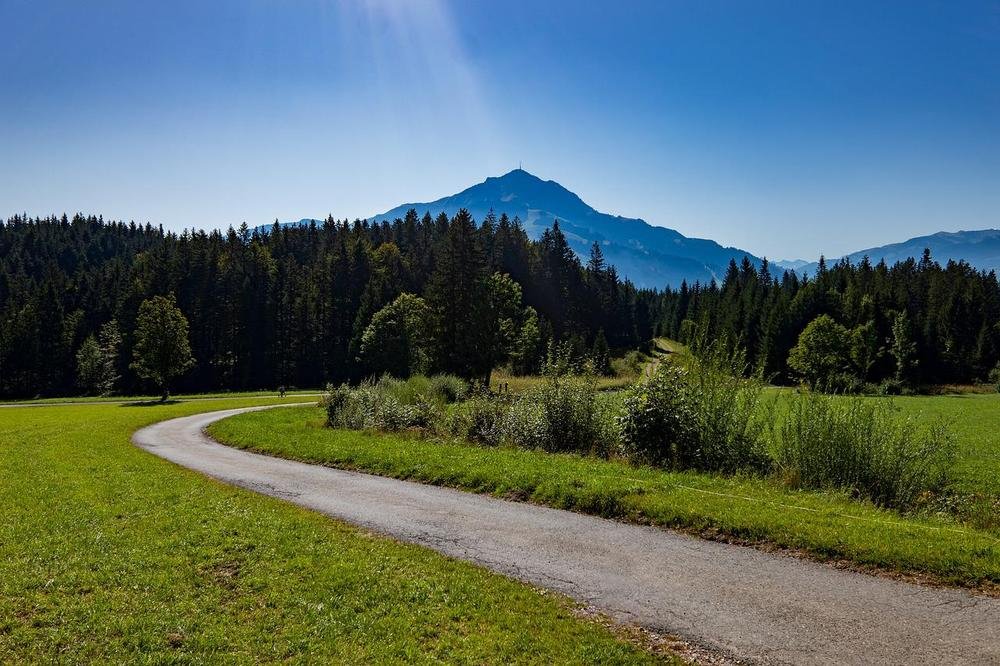
The Kitzbüheler Horn, which is about 2,000 metres high, is a proud structure in Austria’s Tyrol region. It is regarded as one of Austria’s most stunning mountains, and if you feel up to it, you may hike from Kitzbühel to the summit or take a cable car to the top. You will be able to see the picturesque valleys below after you reach the summit.

